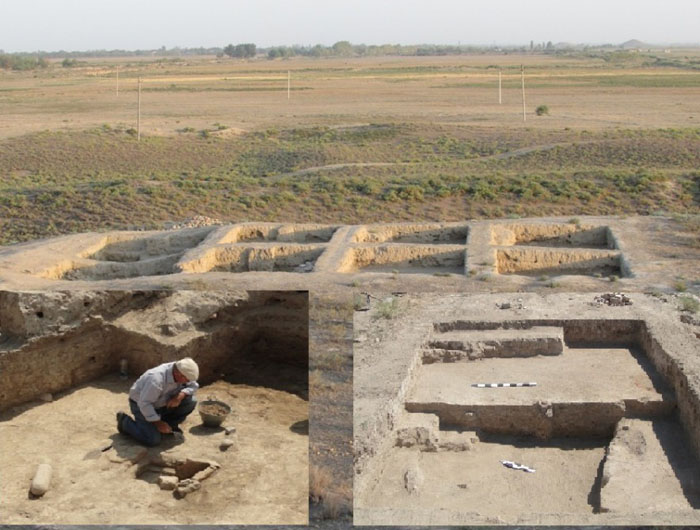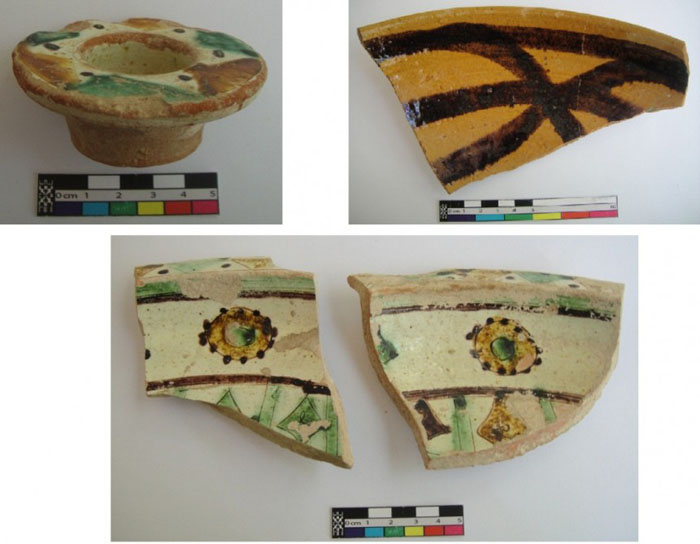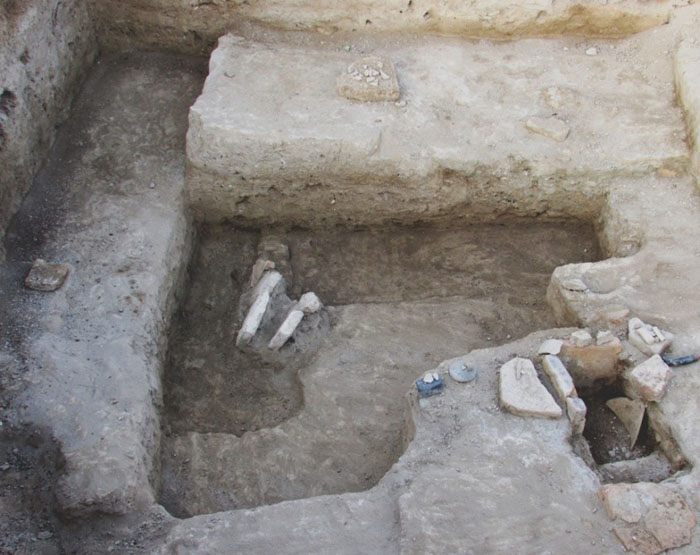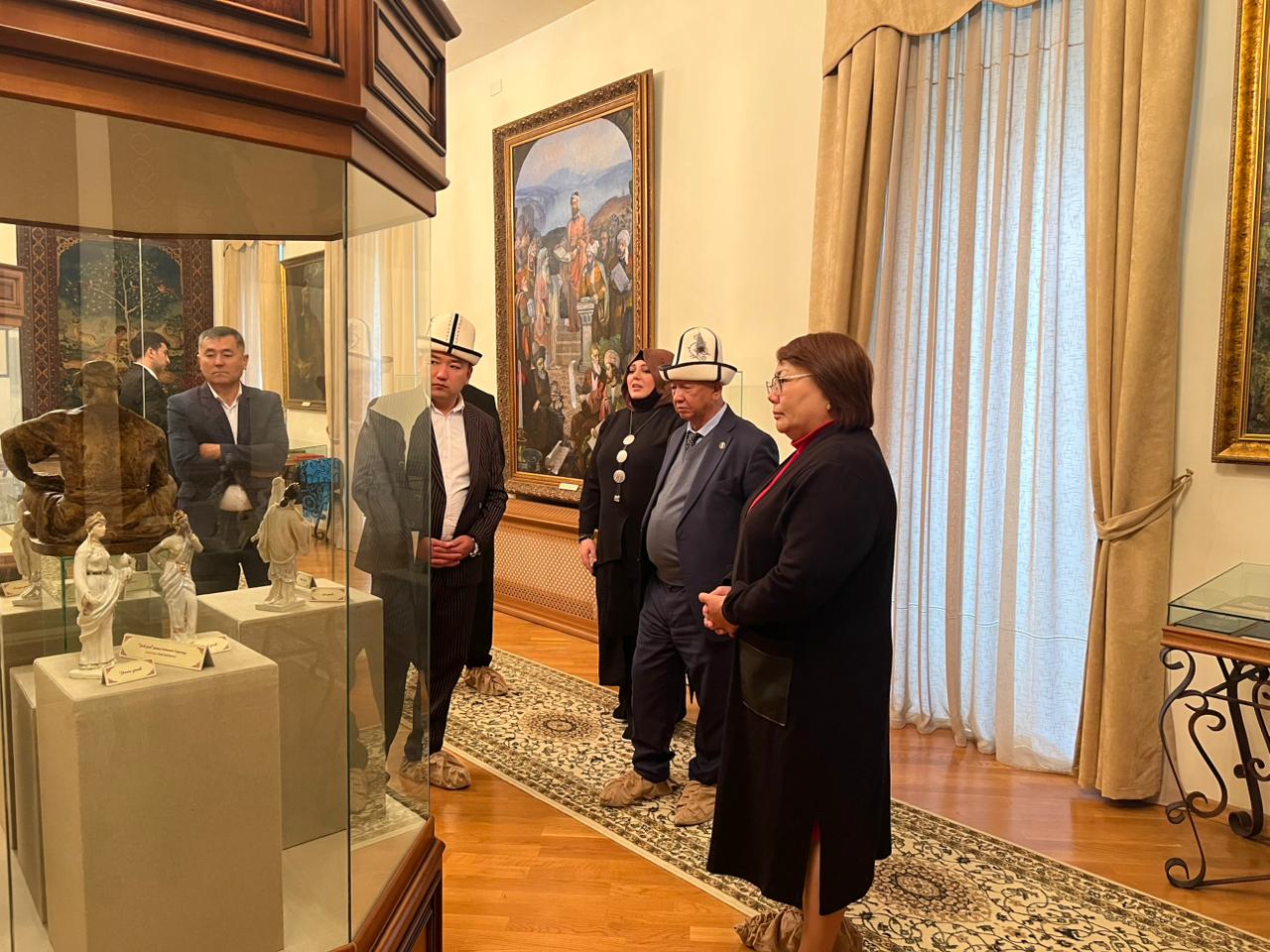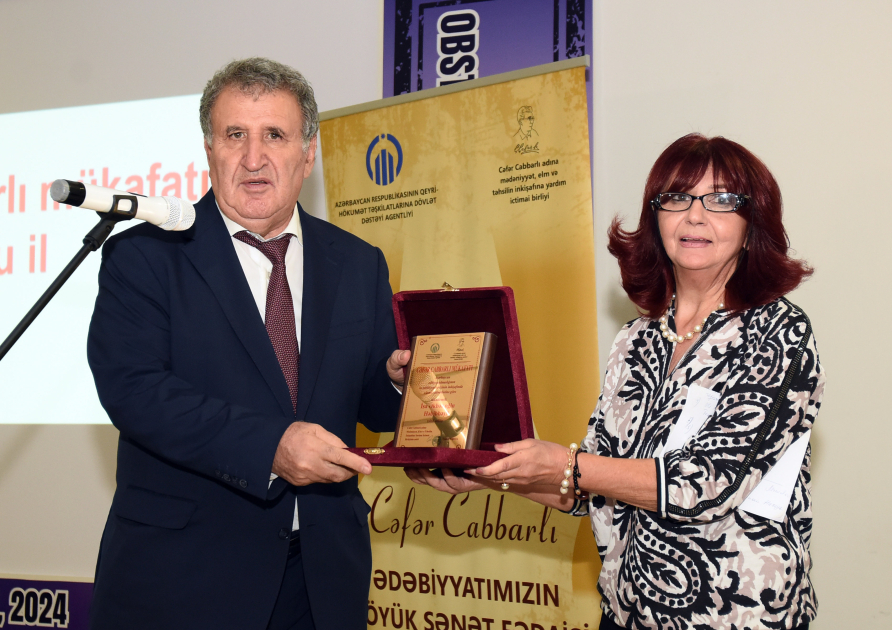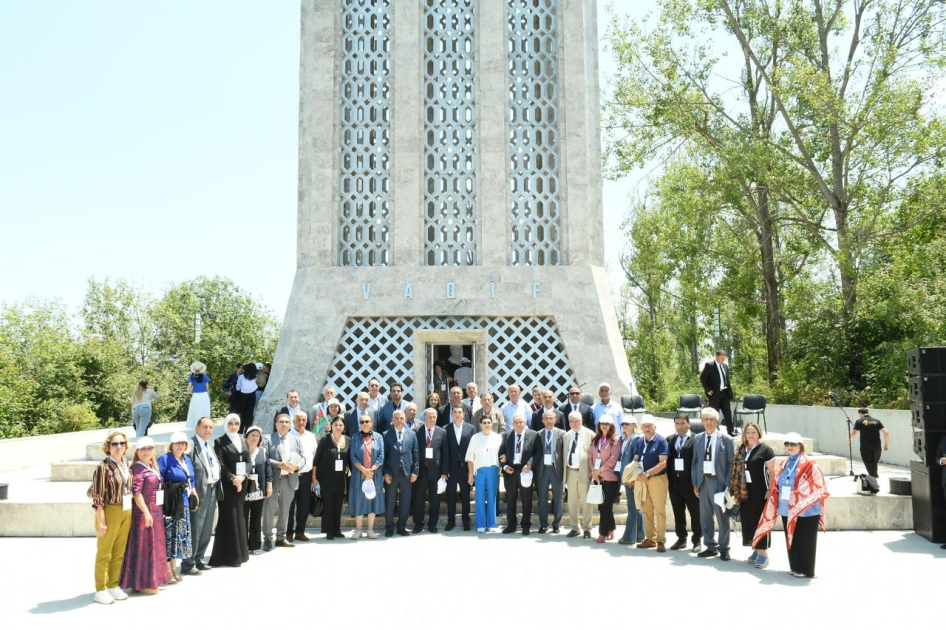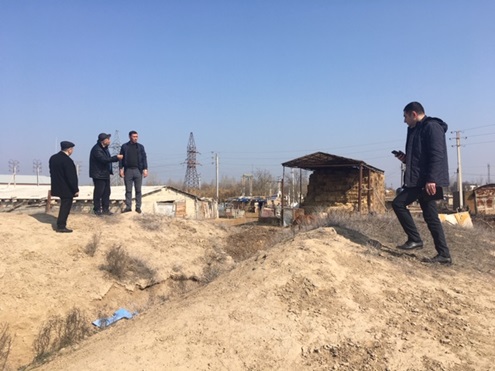- A-
- A
- A+
Archaeological studies continue in the ancient Galatepe
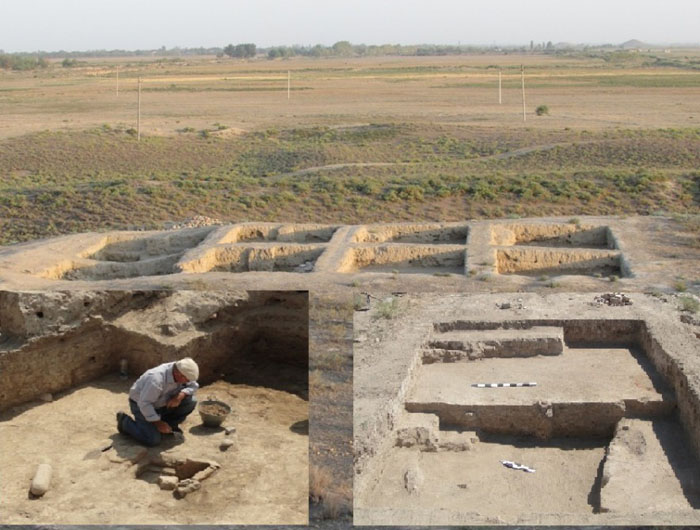
Mil-Karabakh expedition of ANAS Institute of Archeology and Ethnography continued archeological studies in the ancient and medieval city - Galatapa this summer.
The main attention during the last month of exploration was directed to the study of the medieval layer of the monument. At the same time, the state of settlements of the Mil'skaya Plain and the Gargarchay basin, related to different historical periods, was examined, in which the volume of economic work has significantly increased in recent years.
Leading researcher of ANAS Institute of Archeology and Ethnography, head of the Mil-Karabakh expedition, Ph.D in history Tevekkul Aliyev noted that, in order to study the transition and connections between the medieval layers of Galatepe during the field research of 2017 in the 9th square (D3) of the II section began Archeological excavations.
During the research in the cultural layer, located at a depth of 0.4-0.7 meters, there were found remains of structures, tools from river stones, samples of earthenware related to the beginning of the XI-XIII century. Samples of material culture discovered during the excavation (for example, glazed earthenware, chirag, salt, jug, etc.) in the cultural layer located at a depth of 0.4-0.7 meters once again confirmed the idea that after the invasion Mongols life in this city went out.
Below the mentioned layer clay were found fragments dating from the 9th-10th centuries. Vessels belonging to this period are covered with an engobe, on top of painted manganese or vice versa. Among the patterns drawn on vessels, geometric patterns were more often encountered.
According to T.Aliyev, excavations in the square D3 continued to a depth of 1.2 meters. Studies conducted in Galatepe show that in the lower cultural layers there is no enameled ceramics, as they relate to the early middle Ages and the ancient period.
The archaeologist noted that, artifacts obtained in the city and the necropolis of Galatepe partially confirm the information of the Greek Greek geographer Strabo about the city of Aynian of the ancient Azerbaijani state of Albania ("they say that the Ainians built a fenced city called Ayniana in Utiyada").
©All rights are reserved. Citing to www.science.gov.az is necessary upon using news.

 Elm TV
Elm TV
 Photo
Photo
 Video
Video
